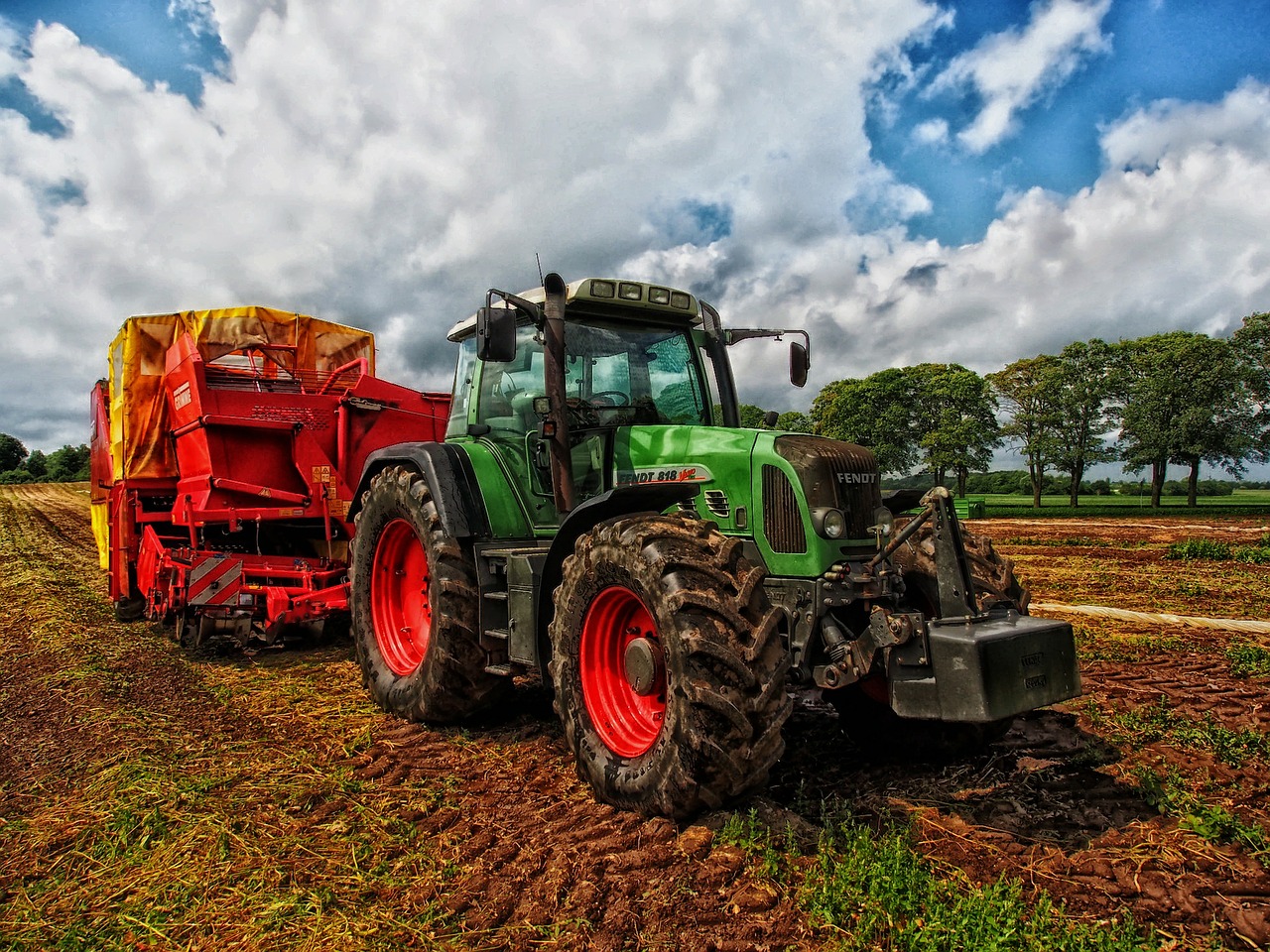
The global grain harvest could not be enough to meet demand. This is what the UN Food and Agriculture Organization (FAO) in Rome and the International Grains Council (IGC) in London say.
According to FAO estimates, in the agricultural year 2018/19, almost 30 million tons more are consumed than harvested. An agricultural year refers to the period from one harvest to the next. The UN experts expect a total global harvest of nearly 2.66 billion tonnes. A similar forecast came from the Grain Council, an association of the major grain-producing states.
It was too dry
One reason for the decline is the drought in much of Europe last year. In the European Union and in Russia, the wheat harvest declined significantly. According to experts, the European grain harvest last year was 6% lower than last year due to drought.
According to the Federation of the German Food Industry (BVE), the consequences are already noticeable: While producer prices for food hardly increased in January and February compared with the previous year, they increased by 6.3% for bread and cereal products in Germany. Already last year, there were larger price increases for these products than for food in general.
Memory well filled
The last global grain deficit was in the 2012/13 agricultural year, when US farmers were suffering the consequences of a prolonged drought. However, according to experts, a decline in the grain harvest does not mean that famines are threatening: the warehouses and storage facilities are well filled. In recent years, grain production has risen sharply – also for the production of animal feed and fuel.
„We had a pretty strong increase in global corn production,“ said FAO economist Abdolreza Abbassian. In the US, cultivation for the production of biofuels has been expanded. „And on the other side of the Pacific, the Chinese eat more meat.“ However, according to Abbassians, the expansion of maize production has no significant impact on wheat production and thus the production of food.



